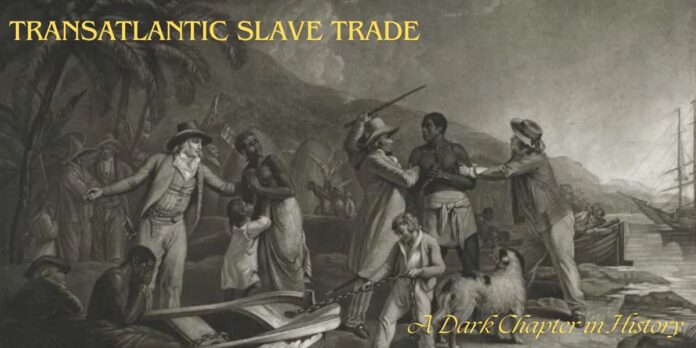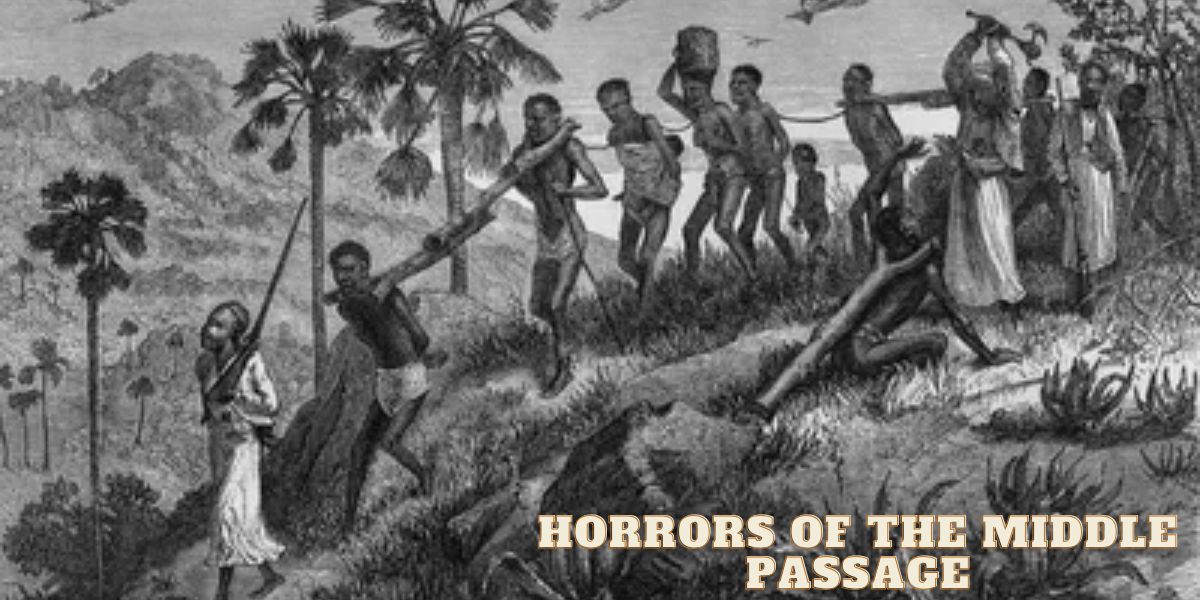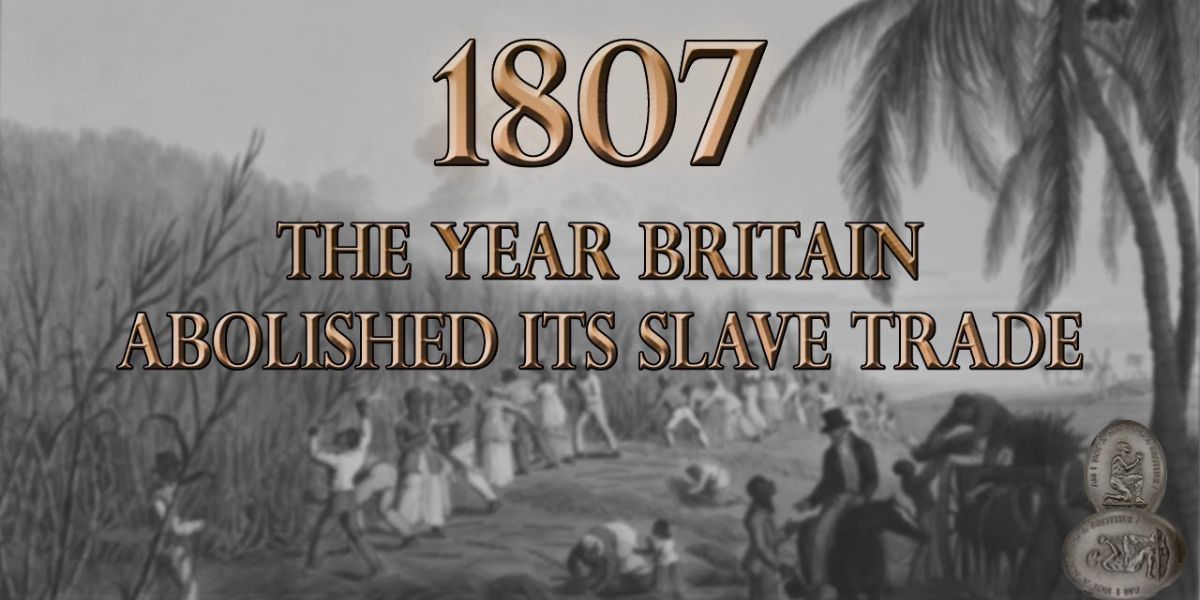The Transatlantic Slave Trade remains one of the most tragic and horrifying chapters in world history. Spanning from the 16th to the 19th centuries, this brutal system of human trafficking involved the forced migration of millions of Africans to the Americas. This trade not only devastated African communities but also had lasting social, economic, and political impacts on Europe and the Americas. Understanding this dark chapter in history is essential for acknowledging the atrocities of the past and recognizing. Their enduring consequences in the present.
Origins of the Transatlantic Slave Trade
The origins of the Transatlantic Slave Trade were driven by the economic needs of European colonies. The labor-intensive agricultural systems in the Americas required a vast workforce, and the African continent became the main source of that labor.
- Began in the 16th century: The Transatlantic Slave Trade started in the early 1500s when European nations, especially Portugal and Spain, began exploring and colonizing the Americas.
- Demand for labor: The European colonization of the New World created a high demand for labor to work on plantations, particularly in the production of sugar, tobacco, and cotton.
- Exploitation of African societies: European traders exploited existing conflicts and rivalries within African societies, often partnering with local leaders to capture and sell slaves.
The Triangular Trade System
The triangular trade system was a well-organized and profitable network that fueled the economies of European nations. This system commodified human lives, turning enslaved Africans into a source of labor and profit for plantation owners and European merchants.
- Three-way trade route: The Transatlantic Slave Trade followed a triangular route, connecting Europe, Africa, and the Americas.
- Manufactured goods from Europe: European traders would first sail to Africa, carrying manufactured goods such as textiles, firearms, and alcohol to exchange for enslaved Africans.
- Enslaved Africans transported to the Americas: The captured Africans were forcibly transported across the Atlantic. The Ocean to the Americas, a journey known as the Middle Passage.
The Horrors of the Middle Passage
The Middle Passage was a key element of the Transatlantic Slave Trade and remains one of the most chilling aspects of this dark period. The journey itself was a form of torture, with many Africans dying before they even reached the Americas.
- Harsh and inhumane conditions: The Middle Passage was a horrific and dangerous journey for enslaved Africans. They were packed into cramped, unsanitary conditions aboard ships, with little room to move.
- High mortality rates: Many enslaved Africans did not survive the journey due to malnutrition, disease, and abuse. It is estimated that 15-20% of the captives died during the voyage.
- Psychological trauma: Survivors of the Middle Passage faced profound psychological and emotional trauma from the violent separation from their families and homelands.
Life as an Enslaved Person in the Americas
Life for enslaved Africans in the Americas was marked by extreme hardship, cruelty, and exploitation.
- Harsh labor conditions: Once in the Americas, enslaved Africans were forced to work on plantations, often for long hours in brutal conditions. They had no legal rights and were considered property.
- Physical and psychological abuse: Enslaved people were subjected to physical punishments. The including beatings and whippings, for the smallest acts of resistance or disobedience.
- Cultural erasure: Enslaved Africans were stripped of their identities, with many being forced to adopt new names, languages, and religions. This cultural erasure was a form of control and dehumanization.
Resistance and Rebellion
Resistance and rebellion were important aspects of the enslaved experience. Although the system of slavery was designed to dehumanize. The enslaved people found ways to assert their humanity and fight back against their brutal conditions.
- Acts of resistance: Despite their circumstances, enslaved Africans found ways to resist their oppressors. This included work slowdowns, sabotage, and maintaining cultural practices.
- Szave revolts: Some enslaved individuals organized revolts, such as the Haitian Revolution (1791-1804), which led to the only successful overthrow of a colonial government by enslaved people.
- Escape to freedom: Many enslaved Africans attempted to escape, risking their lives to find freedom in maroon communities or by using networks like the Underground Railroad in the United States.
The Abolition of the Slave Trade
The abolition of the Transatlantic Slave Trade marked a turning point in history, as growing awareness of the human rights. The abuses and the moral wrongs of slavery led to significant legal changes. However, the fight for full abolition of slavery continued for decades.
- Growing abolitionist movements: By the late 18th century, moral and religious opposition to slavery grew, with abolitionist. This movements gaining strength in Europe and the Americas.
- The British abolition of the trade (1807): Britain became one of the first countries to abolish the slave trade in 1807, following the tireless work of activists. The William Wilberforce and the collective pressure from various humanitarian groups.
- International efforts: Other European nations followed Britain’s example, and eventually, the United States outlawed. The importation of slaves in 1808, although slavery itself continued until the Civil War.
The Legacy of the Transatlantic Slave Trade
The legacy of the Transatlantic Slave Trade continues to shape the world today. The economic and social structures established during this time. The have left a lasting imprint on both the descendants of enslaved people and the nations that participated in the trade.
- Impact on African societies: The Transatlantic Slave Trade had a devastating impact on African societies, leading to depopulation. The social disruption, and the weakening of political structures.
- Economic implications for Europe and the Americas: The wealth generated from the slave trade played a significant role in the economic. The development of European nations and the establishment of the capitalist system in the Americas.
- Enduring racial inequality: The legacy of the Transatlantic Slave Trade continues to affect modern societies. The contributing to systemic racism and social inequality in many parts of the world.
Conclusion
The Transatlantic Slave Trade was a deeply inhumane system that caused immeasurable suffering to millions of Africans and their descendants. It was a major driver of economic development in the Americas and Europe but at a horrific human cost. As we reflect on this dark chapter in history, it is essential to acknowledge. Its lasting effects and continue efforts toward achieving racial justice and equality in today’s world.




